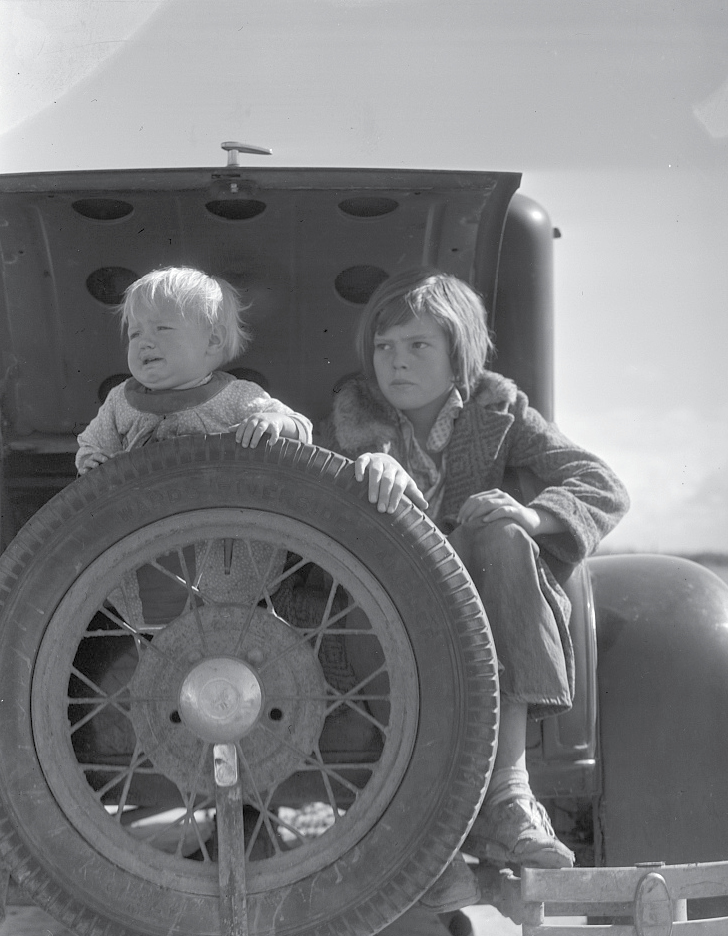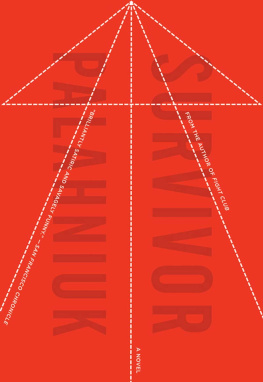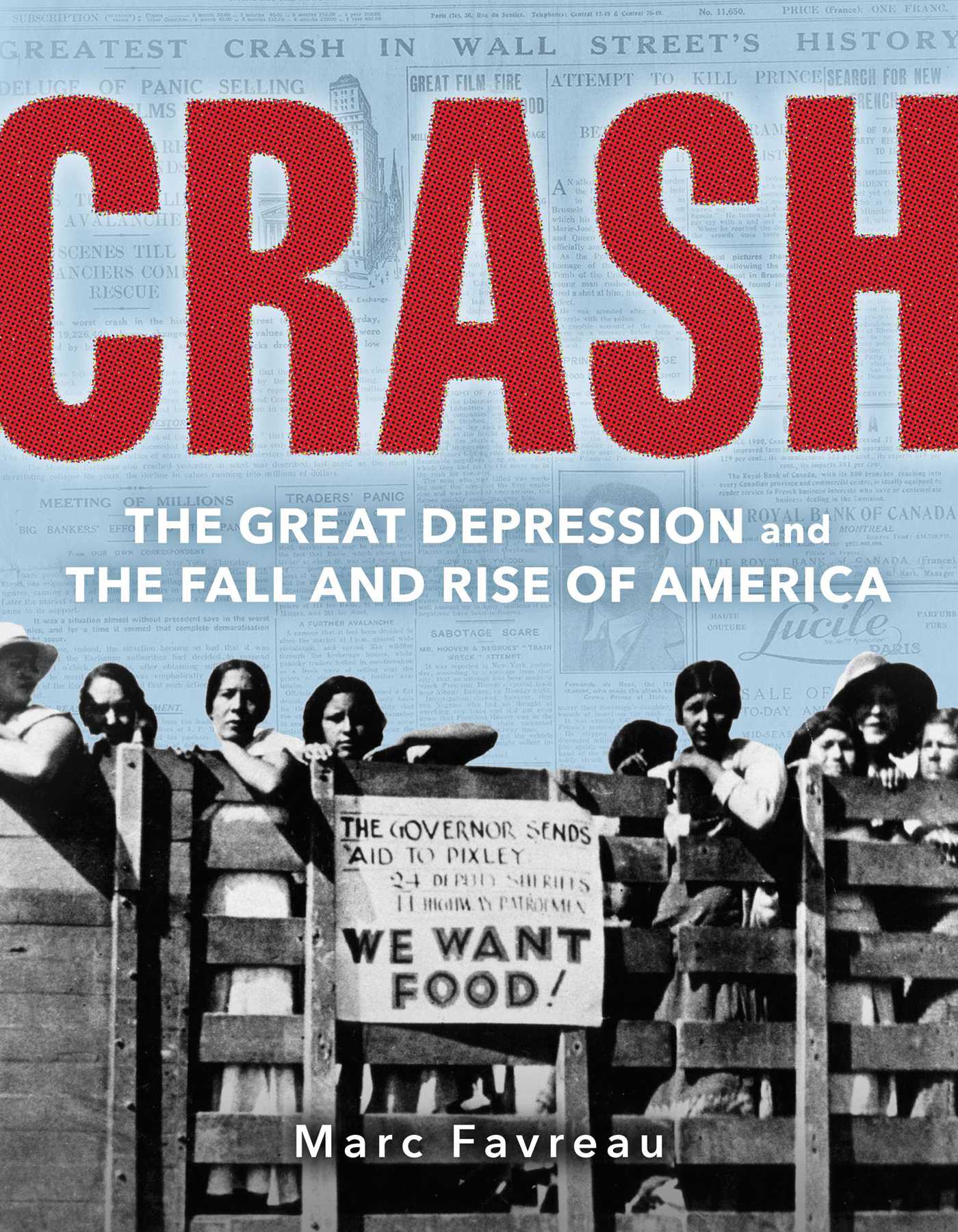Keep reading with Little, Brown.
Copyright 2018 by Marc Favreau
Cover art Owi/Universal Images Group/Getty Images. Cover design by Karina Granda.
Cover copyright 2018 by Hachette Book Group, Inc.
Hachette Book Group supports the right to free expression and the value of copyright. The purpose of copyright is to encourage writers and artists to produce the creative works that enrich our culture.
The scanning, uploading, and distribution of this book without permission is a theft of the authors intellectual property. If you would like permission to use material from the book (other than for review purposes), please contact permissions@hbgusa.com. Thank you for your support of the authors rights.
Little, Brown and Company
Hachette Book Group
1290 Avenue of the Americas, New York, NY 10104
Visit us at LBYR.com
First Edition: April 2018
Little, Brown and Company is a division of Hachette Book Group, Inc.
The Little, Brown name and logo are trademarks of Hachette Book Group, Inc.
The publisher is not responsible for websites (or their content) that are not owned by the publisher.
Image credits can be found throughout.
Library of Congress Cataloging-in-Publication Data
Names: Favreau, Marc, 1968 author.
Title: Crash : the Great Depression and the fall and rise of America / Marc Favreau.
Description: First edition. | New York : Little, Brown Books for Young Readers, 2018.
Identifiers: LCCN 2016056930| ISBN 9780316545860 (hardback) | ISBN 9780316464895 (library edition ebook) | ISBN 9780316545839 (ebook)
Subjects: LCSH: United StatesHistory19331945Juvenile literature. | United StatesHistory19191933Juvenile literature. | Depressions, 1929United StatesJuvenile literature. | New Deal, 19331939Juvenile literature. | United StatesEconomic conditions19181945Juvenile literature. | United StatesHistory19331945SourcesJuvenile literature. | United StatesHistory19191933SourcesJuvenile literature. | Depressions, 1929United StatesSourcesJuvenile literature. | New Deal, 19331939SourcesJuvenile literature. | United StatesEconomic conditions19181945SourcesJuvenile literature. | BISAC: JUVENILE NONFICTION / History / United States / 20th Century. | JUVENILE NONFICTION / Social Issues / Homelessness & Poverty. | JUVENILE NONFICTION / Business & Economics. | JUVENILE NONFICTION / Social Issues / Prejudice & Racism. | JUVENILE NONFICTION / People & Places / United States / General.
Classification: LCC E806 .F269 2017 | DDC 973.91dc23
LC record available at https://lccn.loc.gov/2016056930
ISBNs: 978-0-316-54586-0 (hardcover), 978-0-316-54583-9 (ebook)
E3-20180302-JV-PC
For my mom, who taught me to be curious about the world around me, and for my dad, who gave me the history bug
A merica did not see it coming.
In 1929, the United States was riding high on a great bubble of energy and excitement sometimes called the Roaring Twenties. Radios blared music in living rooms and dance halls; champagne and ginboth illegalflowed freely in speakeasy clubs; and young men and women everywhere practiced the newest dance steps late into the evenings.
Most people worked six days a week and made enough money to afford refrigerators, toasters, irons, and other new gadgets rolling off new factory assembly lines. The Ford Model T, a symbol of Americas energetic, on-the-move lifestyle, clogged highways and parking lots.
For many, life was getting easier. People felt that a new kind of prosperity had arrivedthe kind that would stick around forever.
The most thrilling show of the decade was on narrow Wall Street, in downtown Manhattan at the New York Stock Exchange, a place where the wealthy could gamble with the millions of dollars piling up in their bank accounts. There they traded stocks, or pieces of paper representing shares of companies that were for sale to the public.
In the heyday of the 1920s stock market, stock prices spiraled upward as more and more buyers jumped in, willing to bet that what they bought today would increase in value by tomorrow. Year after year, they were right: From 1922 to 1929, the average stock price more than quadrupled.
People did not actually earn any real money until they sold their stocks to someone else and then pocketed the difference between the purchase price and the selling price. Yet who would ever think of selling, when the value of stocksthe price someone else was willing to paykept going up?
Then, like a stone tossed into the air that finally obeys the laws of gravity, the stock market paused. One by one, Wall Streets investors sensed the change in the air and decided that, finally, it might be time to sell off their stocksbefore the value dropped.
It didnt happen all at once. But by the end of October, panic gripped the stock market. Whereas just a few months earlier everyone was buying, now all anyone could think of was to sell, sell, sell. So many shares of stock were sold on Black Tuesday, October 29, 1929, that the ticker-tape machineswhich recorded the sales on spools of papercould not keep up, and continued to run late into the night.
Shouts and fistfights broke out on the usually civilized floor of the New York Stock Exchange. In a few short hours, as the day came to a close, businessmen and investors saw their entire fortunes wiped out. Several even committed suicide by leaping to their deaths from the skyscrapers towering above Wall Street.
Newspapers all over the country landed on stoops the following morning, with the dark news from Wall Street: The Crash had come to America.
The force of the Crash shook Americas confidence in the future. Even those who had no money invested in the market felt stung by the news from New York. If wealthy investors could lose their fortunes in a day, what could happen to them? As the country approached a new decadethe 1930smillions of Americans decided to hang on to what little money they had.
A nation of consumers became a nation of savers. Commerce screeched to a halt.
By the end of 1929, Americans sensed that a change was coming. But what happened next quickly exceeded even their darkest predictions.

Impoverished children from Oklahoma, in a migrant worker camp in California, living in their familys truck.
Dorothea Lange, photographer, Library of Congress, Farm Security Administration/Office of War Information Collection, 1936
We lived in a shack by the railroad tracks in Phoenix. It was so bad that they couldnt rent it to someone else, so they didnt even charge us rent. We scrounged for food, Ill tell you we scrounged for food.
W ILLIAM W IGHT, DESCRIBING LIFE IN THE EARLY 1930 S
T he worst calamity ever to strike the United States of America was not an explosion, a plague, an earthquake, or even the invasion of a foreign army. It wasnt really even an event. It didnt happen suddenly, or all at once; rather, it was like an avalanche on a snow-covered mountain, one that begins quietly, accelerates quickly, and soon swallows everything in its path. Not everyone noticed what was happening at first, and some people who did noticefor example, US president Herbert Hoover, who took office in March 1929denied what was really going on. By then, it was much too late.






![Blackstone Audio Inc. - The politically incorrect guide to the presidents: [from Wilson to Obama]](/uploads/posts/book/167736/thumbs/blackstone-audio-inc-the-politically-incorrect.jpg)








